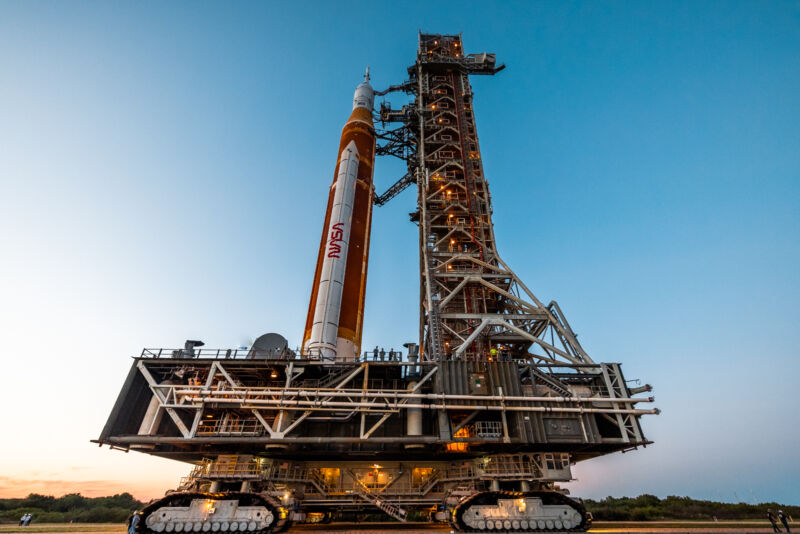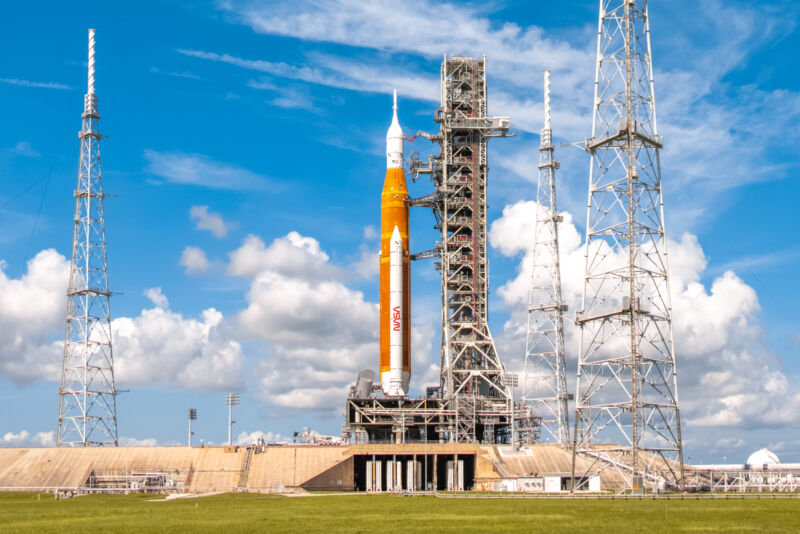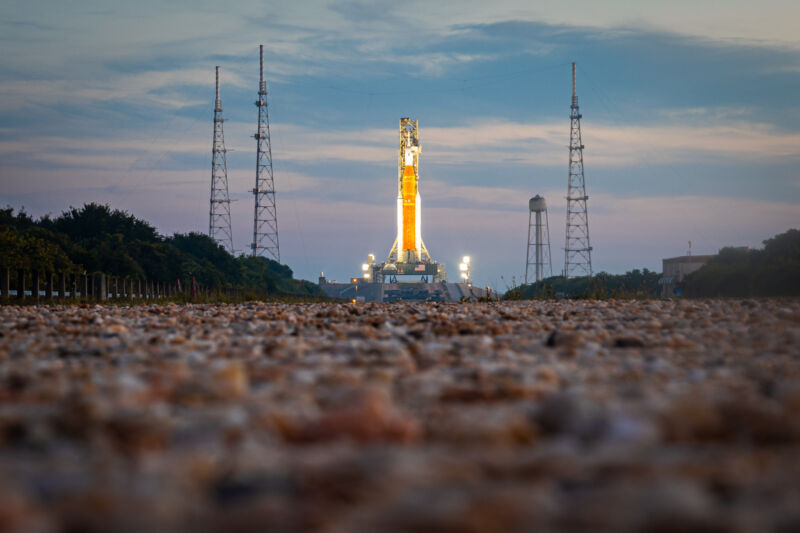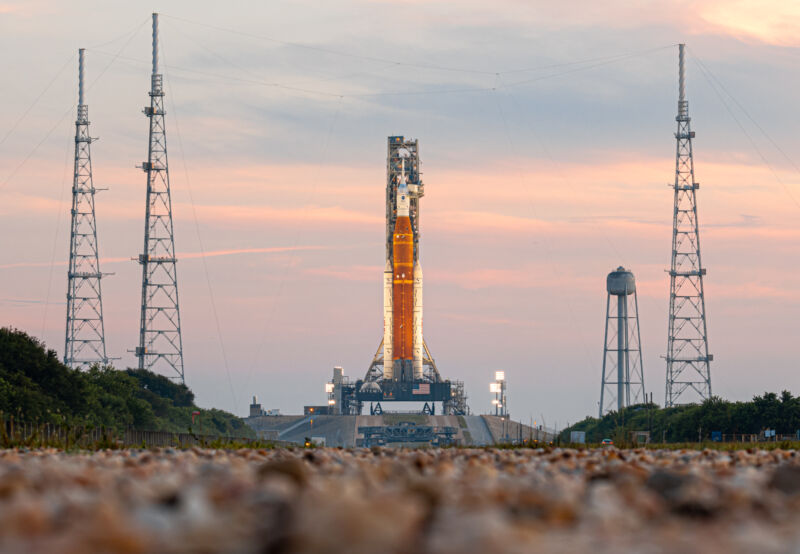-
 chevron_right
chevron_right
Rocket Report: Astra layoffs; next SLS core stage needs repairs
news.movim.eu / ArsTechnica · Friday, 11 August, 2023 - 11:00

Enlarge / A technician works on part of the Space Launch System rocket’s core stage for Artemis II in this March 2023 image. (credit: NASA/Michael DeMocker )
Welcome to Edition 6.06 of the Rocket Report! This week's news in space lift includes ups and downs for small launch companies, yet another record for SpaceX's blistering launch cadence, and some non-news on Europe's Ariane 6 rocket that still bears mentioning. We also provide updates on the world's two super-heavy lift rockets—NASA's Space Launch System and SpaceX's Starship/Super Heavy.
As always, we welcome reader submissions , and if you don't want to miss an issue, please subscribe using the box below (the form will not appear on AMP-enabled versions of the site). Each report will include information on small-, medium-, and heavy-lift rockets, as well as a quick look ahead at the next three launches on the calendar.

Virgin Galactic flies first private passengers . Richard Branson's private suborbital spaceflight company performed its second commercial flight to the edge of space Thursday. This was Virgin Galactic's first flight with private passengers onboard, Ars reports . Virgin Galactic's first commercial flight in June carried government astronauts for Italy.







